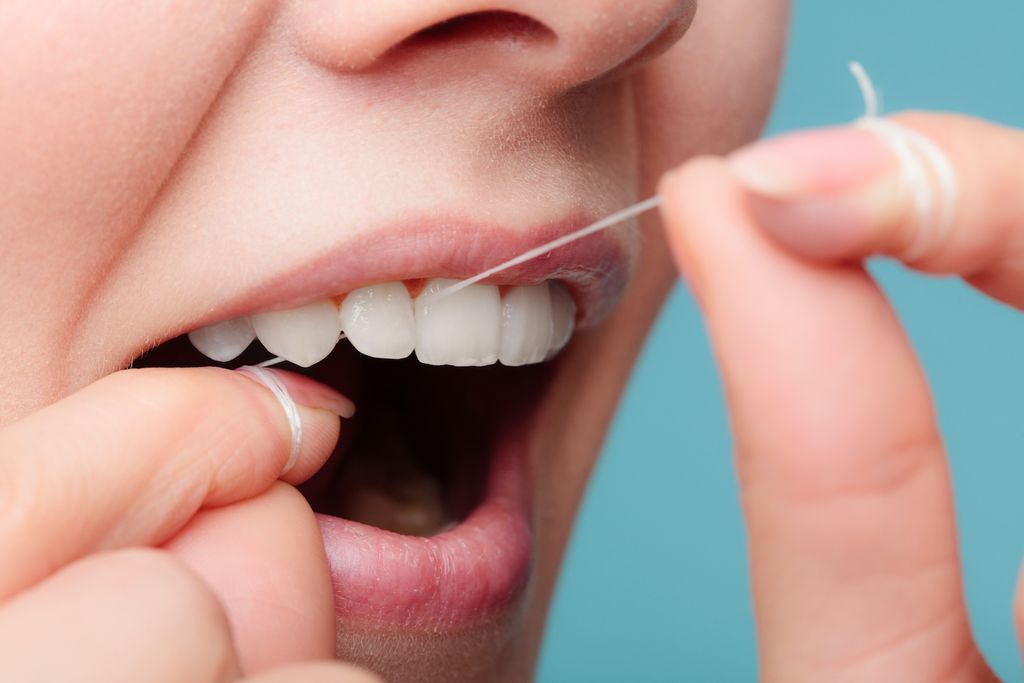Flossing is a major step in your oral hygiene regimen. At least once a day, you will need to use string floss or another flossing tool to clear away plaque and other residues that collect between your teeth.
This ensures that your teeth stay strong and healthy. But daily flossing keeps your gums looking and feeling your best too. This connective tissue holds your teeth in place in your smile, and you could face serious oral health consequences if you do not take care of your gums.
Feel more encouraged to floss when you know details about how this action promotes good periodontal health. Discover three benefits that regular flossing can bring to your gums when you read on.

Prevent Uncomfortable Periodontal Symptoms
Plaque, bits of food, and other particles can spread across the surface of your teeth but accrue between the teeth as well. When build-up sticks in this area of your smile, it can irritate the gum tissue.
This may make the gum tissue feel sore or tender. And you might notice the gums bleed when you try to floss again. Oral pain of any kind is not normal, so you should take measures to prevent it before the issue worsens.
If you floss on a regular basis, you can avoid developing this build-up between your teeth that can hurt your gums. When you return to good flossing habits, you will notice periodontal discomfort fade.
Reduce Spread of Oral Bacteria
Plaque forms when bacteria in the saliva mix with external substances, like food particles, to create a sticky film that will coat the teeth. Not only will plaque feel tacky, fuzzy, and uncomfortable, but it can pose a threat to your dental health.
Plaque will contain high levels of oral bacteria that can then easily spread through your mouth. If this happens, you can see a greater risk of oral infections, including gum disease. This infection of the gum tissue can cause serious damage to the gums, which may even be irreversible.
Prevent contracting gum disease by keeping excess bacteria at bay. This will mean removing plaque as well as possible. You must floss to ensure you get rid of the plaque between your teeth that a toothbrush will not reach.
Spot Early Signs of Gum Disease
As mentioned, you might notice some pain or bleeding in your gums if you have not flossed recently. But if these symptoms persist even as you continue good oral hygiene habits, they could be signs of gum disease.
The early stage of this infection, gingivitis, presents as irritation and inflammation in the gums. So if you experience periodontal discomfort, you may want to see a dentist about the problem. Gum disease will not go away without treatment from your dentist.
However, gum disease might also develop without these noticeable symptoms. So make sure you attend dental check-ups regularly along with practicing good flossing and teeth-brushing habits. A dentist can screen you for this disease during this appointment and protect your gums.
